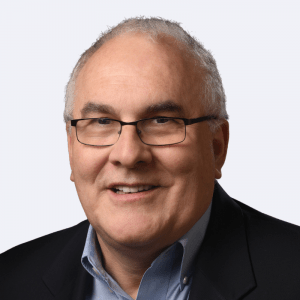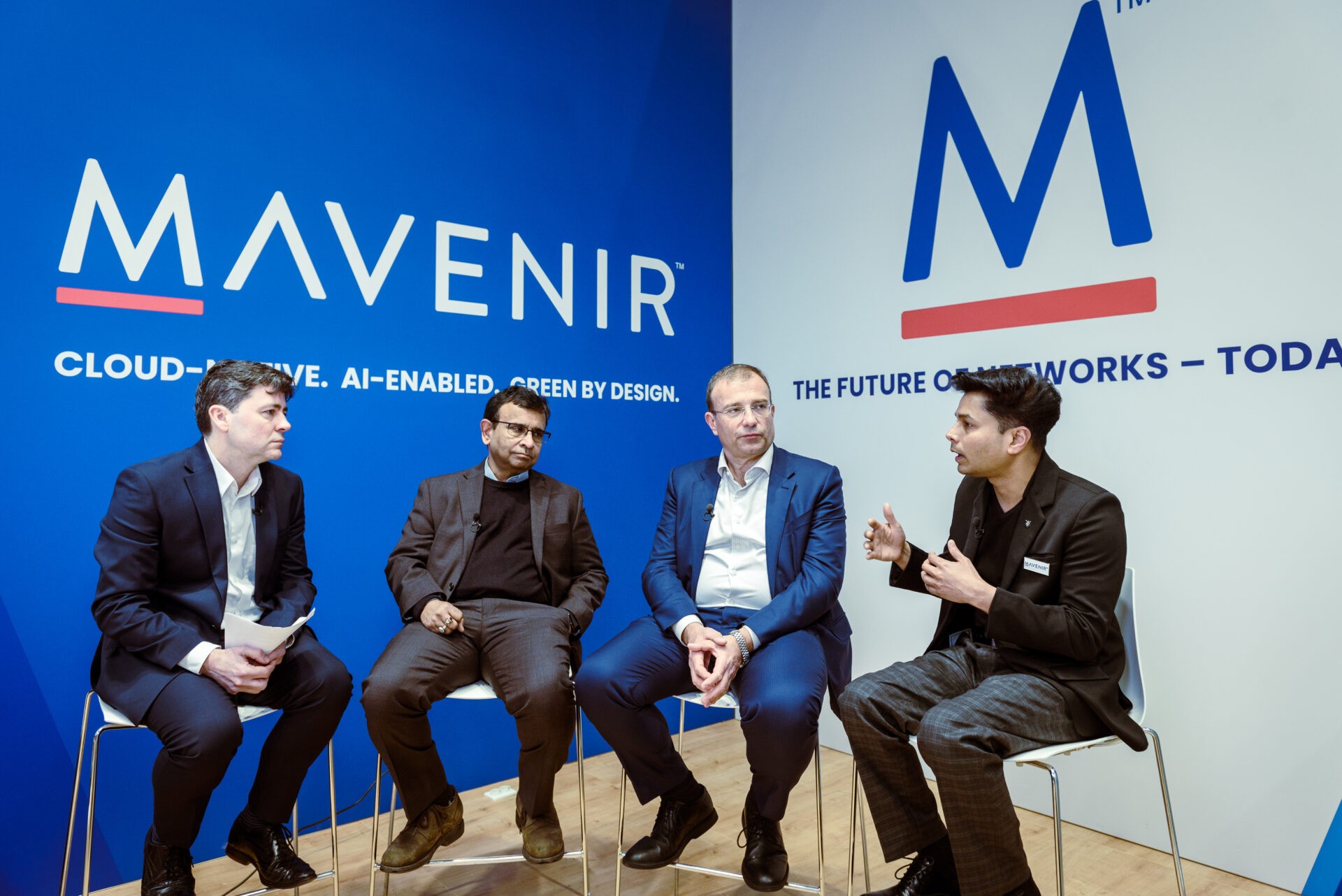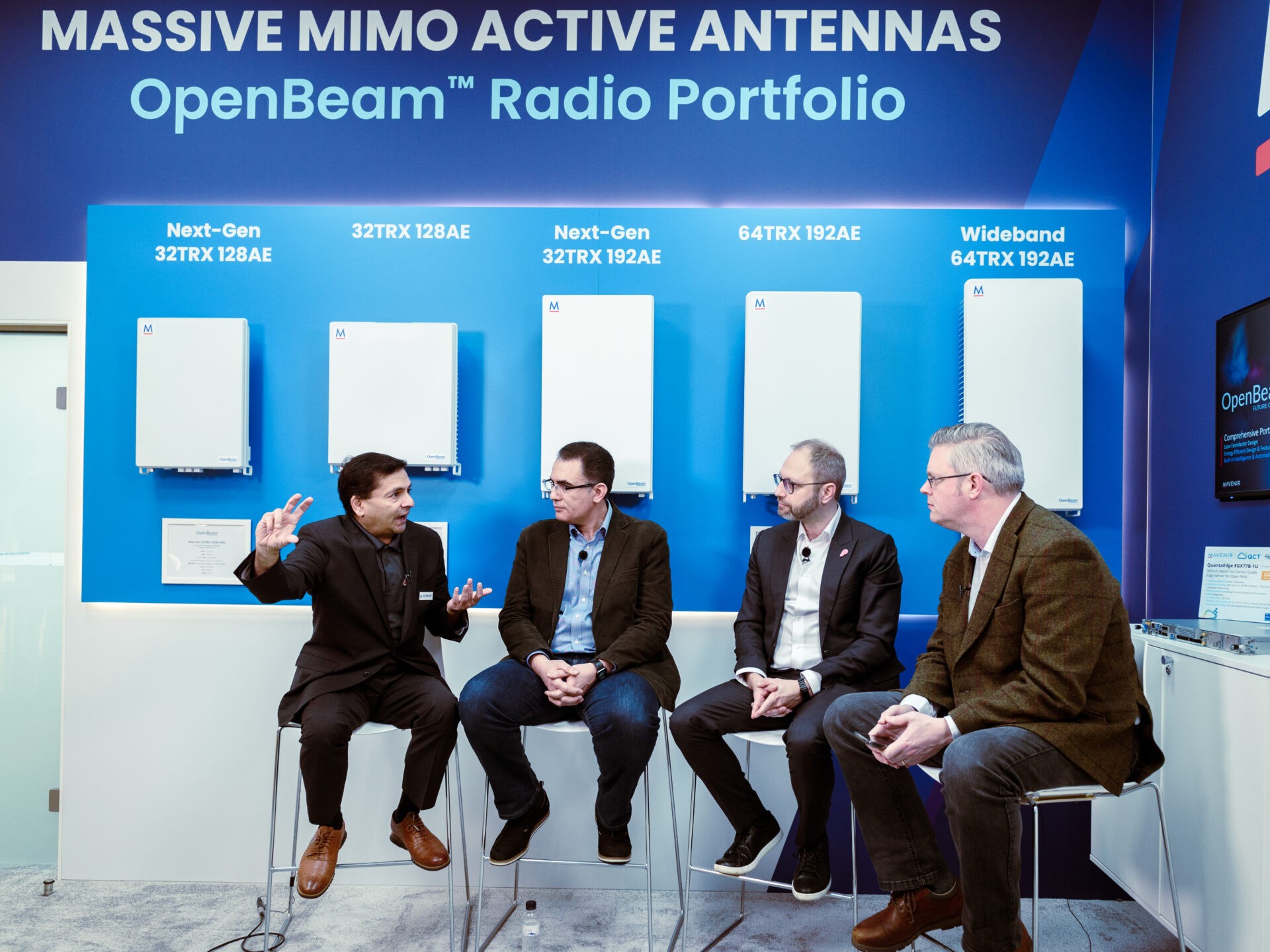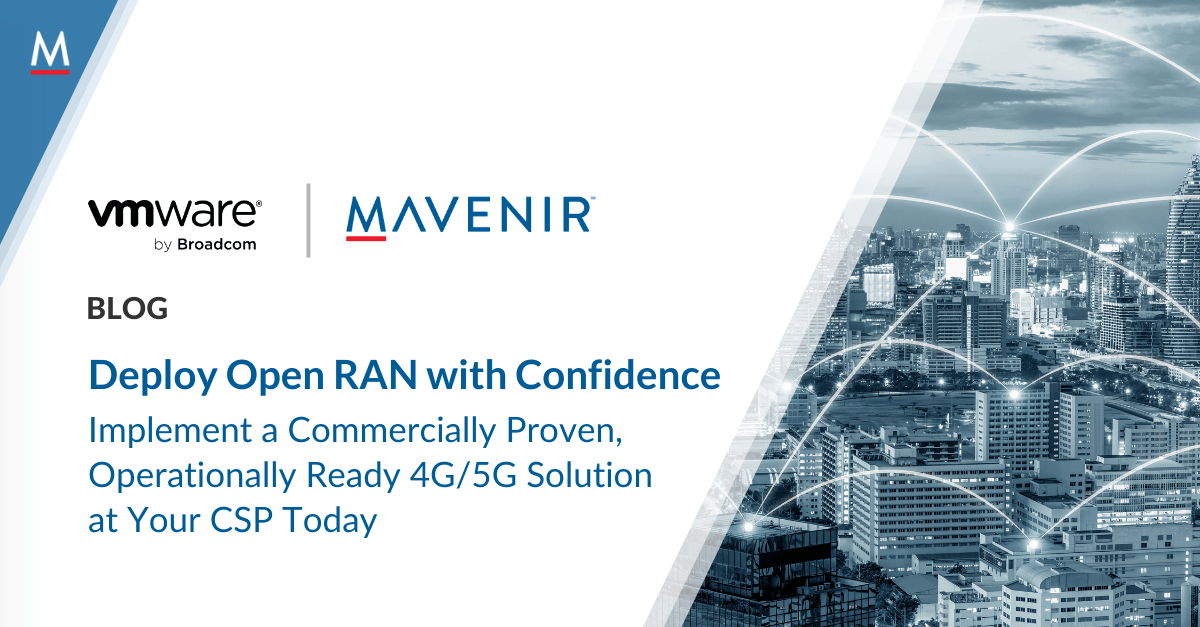What is the Main Objective of the Open RAN Policy Coalition (ORPC)?
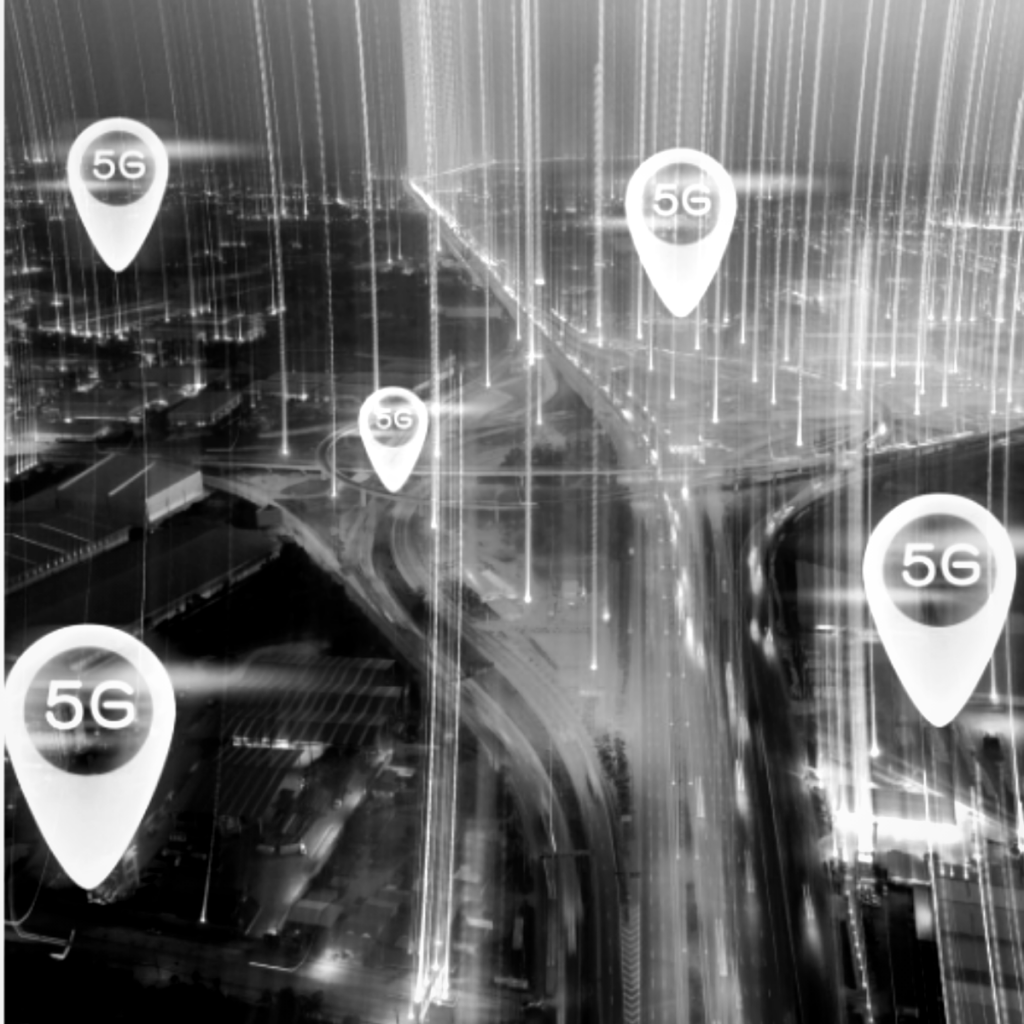
As a founding member of the Open RAN Policy Coalition since February, Mavenir is proud to sit on its newly formed Board of Directors. Membership continues to gain traction as Nokia announced on Friday, May 22, they will join our group of over 32 member organizations. More companies are waiting in the wings to become members. Here is the stated mission of ORPC:
The Open RAN Policy Coalition is a group of companies formed to promote policies that will advance the adoption of open and interoperable solutions in the Radio Access Network (RAN) as a means to create innovation, spur competition and expand the supply chain for advanced wireless technologies including 5G.
The key objective of the Open RAN Policy Coalition is to promote open interfaces and interoperability. The telco industry is crying out to widen and grow the supply chain. It is not a standards body like O-RAN Alliance although they are a member of this Coalition. TIP (Telecom Infra Project) is also a member and their stated mission is to validate the technology and ensure it is generally available. Neither O-RAN nor TIP is focused on policy. ORPC is filling a need in taking the broad work of those two organizations and channeling it toward government initiatives. ORPC drives policy to make sure standards are open and interoperable going forward in contrast to standards bodies like 3GPP which have missed the mark in the past.
ORPC defines Open RAN as open interfaces and interoperables that are technology-agnostic. A white box should work with any other box. What is built within the boxes should be up to the operators. ORPC will not tell carriers how to make products but rather the goal is to protect networks of the future and promote security. For example, if there is a problem with one element of the network, it can easily be swapped out for another vendor’s element. This provides competition. Legacy incumbents Nokia, Ericsson, and Huawei need to publish the interfaces. A good start would be the radios on the tower that have proprietary interfaces that were derived from a 3GPP specification.
If the Big 3 would publish radio interfaces, those radios would meet the definition of Open RAN. Would this negatively impact their business? There are two ways to look at this situation. First, if the Big 3 publish and embrace open interfaces today, it will take time for others to build products from that specification. How much market share will really be lost?
Secondly, if the Big 3 won’t publish the radio interfaces, operators will start using a new specification. This scenario should be more of a concern regarding the potential loss of business by not publishing. ORPC and Open RAN are all about correcting a problem from 3GPP standards. Open standards drive innovation and drive product. This lack of openness is what has caused global operators to join the ORPC to push open standards policy.
Carriers are long frustrated waiting for years on new features. Until new suppliers are available, operators are stuck. New interfaces are critical and the industry is now down to two suppliers for their equipment. What if something should happen to one of those suppliers? Look at the US with Tier 2 and 3 operators needing to rip out and replace a whole network. If those networks had been open, hardware could have remained. This is happening all around the world. How to interface with another vendor’s legacy equipment?
This Coalition of carriers and vendors does not exist to cut out Huawei and other Chinese vendors. From a vendor-based perspective, it is about promoting open specifications to widen the supply chain and those same rules apply not only to Ericsson and Nokia, but also to Huawei and ZTE. All vendors need to open up the interfaces to open up the supply chain.
A decade ago, there were 10 suppliers and now we are down to two in the US. Opening up is necessary for ecosystem innovation and pricing that ultimately gets passed onto the consumer at the end of the day. Current OEMs struggle to be profitable because of operator pricing. Technology and innovation are necessary critical next steps.
ORPC sees the government’s role as recognizing that there are companies in existence that do supply 4G-5G technology with open interfaces and open interoperability. There are companies, Mavenir being one of them, with end-to-end networks in global trials that are 5G-ready now. There is a lack of recognition, especially in the U.S., that these companies exist.
Increased government funding of radio developments, antennas and MIMO are needed. It is not possible for a company to buy this technology in the U.S. and put it together in an open ecosystem. It is still controlled by two OEMs. Along with R&D and manufacturing, government funding is needed to bring the supply chain back into the market.
Mavenir specifically is a software company based in the US that relies on HP, Dell and other radio manufacturers to bring in the hardware. It is a whole open ecosystem concept. There are benefits from an operator perspective. There is no need to hold spares and incur large inventory costs to keep a network up and running. Equipment can be purchased off the shelf. That is a key message. With the Open RAN concept, operators can take costs out of the day-to-day running of the network.
Currently there are 22 operators now in trial or planning deployments of Open RAN technology. Analyzing the customer base for those operators, there is a potential of 1.2B subscribers that could be using Open RAN technology. Open RAN is more mature than currently depicted. Rakuten is the largest network on Open RAN. Telefonica and Vodafone 4G technology is solid on Open RAN today.
5G technology is currently going through a hardening phase. It will be hardened with DISH and other publicly named open networks in the same way that OEMs handle big technology releases. These open networks must meet the performance of existing vendors as no forgiveness will be extended for anything less. It is important for the Open RAN product to be stabilized and meet KPI’s for Quality of Service.
Again, Mavenir is excited as a founding member of the Coalition that so many global companies are actually saying the same things and pushing for the same policy, which is unique in any industry! Open RAN is gaining traction. Over time, as Open RAN gets over the front of the technology curve and starts to be commoditized, it will exist in more and more parts of the network. Open RAN allows costs to come out of the network and allows increased coverage, and the consumer is the ultimate benefactor.
